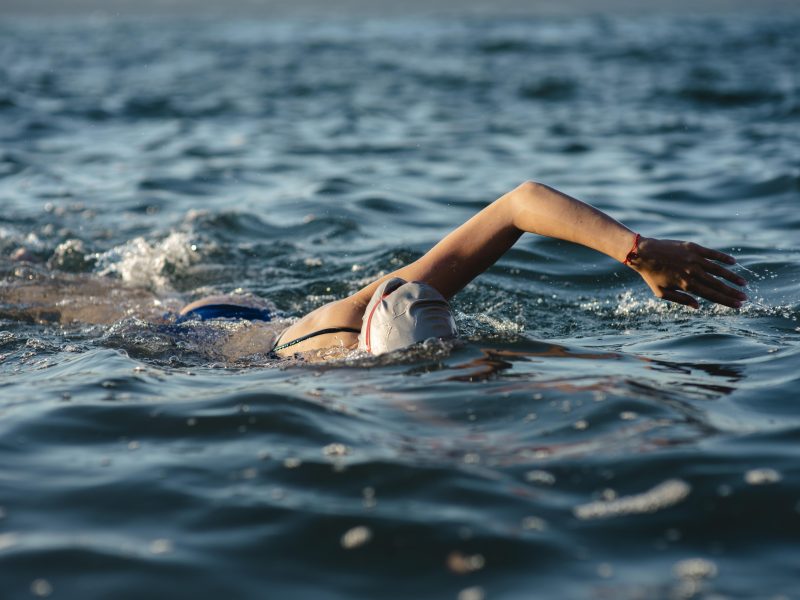While 96% of English bathing waters meet required water quality standards, according to the Environment Agency’s latest findings, local beaches including Sand Bay, Weston and now Uphill (last year ‘sufficient’) are all rated poor.
However, water quality at Clevedon remains ‘good’, North Somerset Council said.
A joint statement from the Environment Agency and Defra stated that: “96% of bathing waters in England have met minimum standards, with 90% of bathing waters in England being rated as ‘good’ or ‘excellent’, continuing to show an overall boost in water quality over the last decade. This compares to just 28% being rated as ‘good’ or ‘excellent’ in the 1990s and 76% in 2010.”
North Somerset Council is part of a Bathing Water Steering Group along with the Environment Agency, Wessex Water and other partners. Together, said the council, the organisations are continuing work to understand bathing water quality results, find and tackle the cause of the poor samples, and take action to improve water quality.
Cllr James Clayton, North Somerset Council’s executive member with responsibility for environmental protection, said: “I’m really pleased that Clevedon has continued to meet DEFRA standards. Obviously, it’s disappointing to hear about Uphill but we’ll continue doing everything we can to make sure everyone can enjoy our beaches, seafront and bathing waters.
“It’s hard to pinpoint definitive causes because of the complex nature of the Severn Estuary. There’s likely to be an impact from farming at certain times, contamination coming from surface water drains, birds, sea front activity and other urban sources. The latter part of the summer was also very wet. This looks to have specifically impacted the quality for Sand Bay and Uphill, with the rain increasing run off and sources of bacterial pollution.”
North Somerset Council’s director of public health, Matt Lenny, said: “I’d like to reassure everyone who uses our beaches and might feel worried about these results. There are no pass/fail standards for individual water samples. Instead, the classification is based on a statistical measure of all samples over a four-year period. A sample simply tells us the quality of the water at that specific time, but water can change even over the course of one day.
“We have an active signage system in place at Weston’s main beach which uses a prediction forecast to let swimmers know if there’s potential for lower water quality in real time. We want to make sure all our beachgoers are well informed, so they can choose how best to enjoy their time on our coastline.”
You might also like: Local cheesemaker fined £20K
The results, published today, 1 December, by Defra and the Environment Agency, follow testing at over 400 sites regularly used by swimmers throughout the summer. These tests, carried out by the Environment Agency, monitor for sources of pollution known to be a risk to bathers’ health, specifically E coli and intestinal enterococci.
We are told that the substantial improvements seen over the last 30 years come as the government continues to take action to boost water quality through the Plan for Water. This will help drive investment, bring in stronger regulation, and toughen enforcement to tackle pollution and further clean up our waterways and bathing waters. This includes a £1.7 billion accelerated investment to reduce sewage spills from storm overflows.
The Environment Agency chair Alan Lovell said: “Many people enjoy time in or on lakes, rivers and coastal waters, and we know the value they bring in terms of social, health and wellbeing benefits.
“While overall bathing water quality has improved over the last decade due to targeted investment, robust regulation from the Environment Agency and work carried out by partners, these results show there is significant work still to do to ensure the quality of our bathing waters is increasing every year.
“The slight fall in standards this year show we must go further to drive improvements and that this takes time and investment. That’s why we are strengthening our regulation and working with the water sector, farmers, industry and others to help them put the environment the heart of their activities and improve our bathing waters for all.”
In view of the latest results, we understand that the Environment Agency is working with local authorities to take targeted action at all bathing water classified as ‘poor’.
Main image by Freepik

